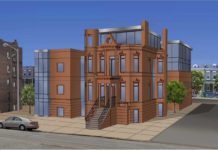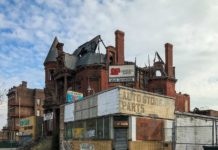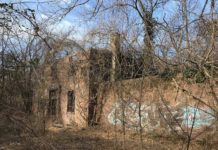As the third oldest city in the nation, Newark has a rich architectural history, notably in its public buildings, churches, and schools. A great many historic buildings, however, were lost over the years during devastating public-works projects, such as the construction of I-280 and high-rise public housing, and the general indifference of past eras to older architectural forms. In this series, we’re highlighting five Newark buildings that are at risk of being lost forever. Read more of the series here.
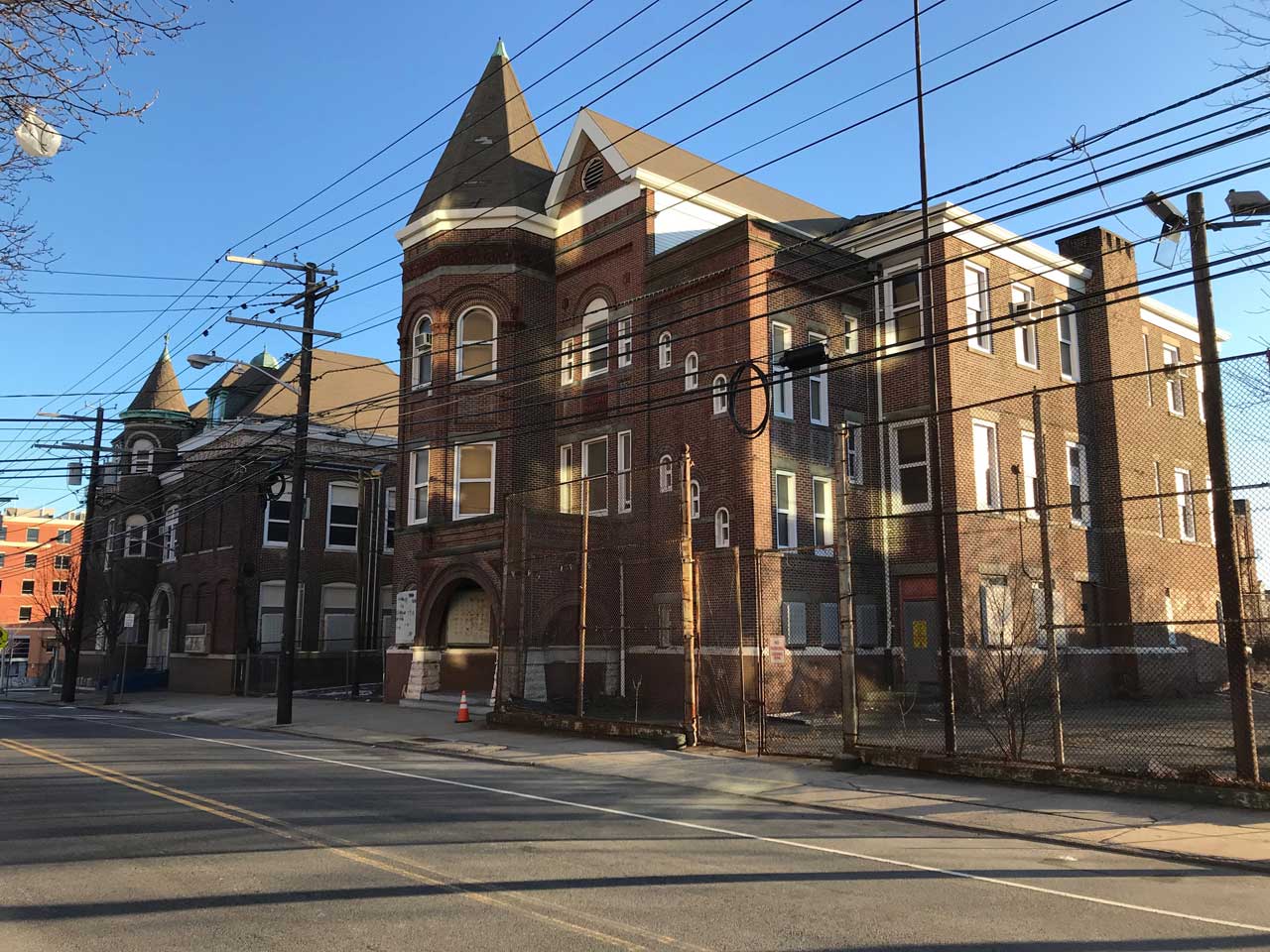
One of Newark’s oldest institutions — New Jersey Institute of Technology — has plans to remake its campus that could endanger as many as four buildings in a historic district and a beloved century-old school.
“The university has a tremendous history, but the leadership has done a scandalous job to preserve history,” said Zemin Zhang, executive director of Newark Landmarks. “Their plan is to create a sort of campus square, and these buildings are in the way.”
The four imperiled residences — 321, 317, 257, and 249 MLK Boulevard — are part of the James Street Historic District. They are located on what was once known as Millionaire’s Row for its lavish homes. Over the years, however, a great many have been lost to eras that had different attitudes toward older architecture. So the ones that have survived remain under the watchful eye of preservationists.
“As to the townhouses on MLK Boulevard, the committee has not received any plans for that site,” said Liz Del Tufo, the president of Newark Landmarks. “Suffice to say, the committee is against any demolition in a historic district unless it can be proved otherwise.”
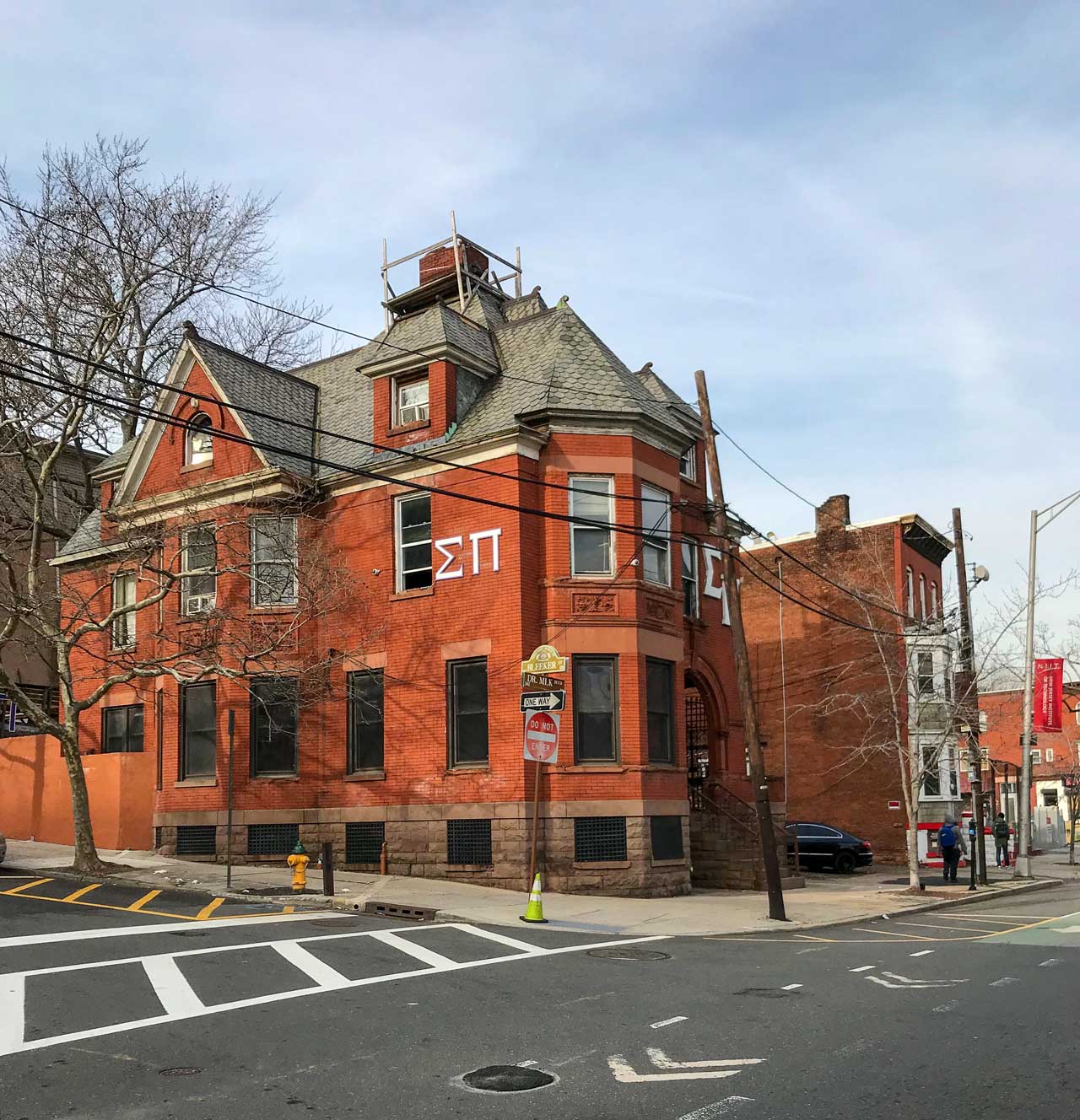
The university has denied having any concrete plans. In fact, only one of its proposals — the NJIT Campus Gateway Redevelopment Plan — has been publicly revealed. But the true extent of the university’s vision for the neighborhood is an “open secret,” Zhang said, which includes leveling the entire block where the old Mueller Bros. factory stands as well as the land where Warren Street School is located.
Together, with combined enrollments of 15,000 students across 83 acres of tax-exempt land, Newark’s two largest universities — Rutgers-Newark and NJIT have long anchored the city, creating thousands of jobs and providing an intangible stimulus during the years after the Newark Riots in 1967. Although these institutions have been notably loyal to the city, they haven’t been the greatest stewards of historic preservation.
In the 1960s, when Louis Danzig — the Robert Moses of Newark — gave Rutgers University several acres to build a traditional campus with a quad and a clock tower, thousands of Victorian-era townhouses like the ones on James Street were demolished. And while NJIT, founded in 1881 by the great American inventor Edward Westin, has restored several historic buildings in University Heights at considerable cost — notably, the Central King Building and Eberhardt Hall — it, too, had a similar practice of clearcutting blocks on Summit and Colden streets.
However, there has been a changing of the guard of late. “After so many decades, Rutgers is now trying to fit into the historical district and encourage people to live there,” said Zhang, pointing out several properties Rutgers has restored in the James Street Historical District. “That’s the right direction.”

Preservationists can sleep well knowing that Del Tufo’s committee must be consulted about these residences. But they are a bit more nervous about the university’s designs for the century-old school on Warren Street. Without an official historic designation, the fortress-like school, where Chief Justice of the Supreme Court Charles Hughes briefly attended, has far less protection.
Andrew Christ, senior vice president of real estate development at the university, mentioned that the fire that broke out at the school last summer could affect its decision. “The fire did extensive damage to the interior and structure of the building and this will be accessed [sic] as we move forward with planning.”
Newark is one of the nation’s oldest school districts, and its greatest architecture is often found at its schools. The Warren Street School, built in 1892, might be the magnum opus of Henry King, an alumnus of the prestigious firm Architect O’Rourke. Famous for its Gothic Churches, the firm clearly inspired elements of the school’s revival-style seen in the turrets and crenelated parapets.
“When you look at the history of Newark, if you don’t begin to regard your schools and your churches, there will be no history – because so many other significant buildings have been leveled,” said Dr. Marion Bolden, the founder of the Newark Public School Historic Preservation Committee, which used to store its collection of artifacts at the school. “I wish I could hit the lottery and save all these old buildings.”
